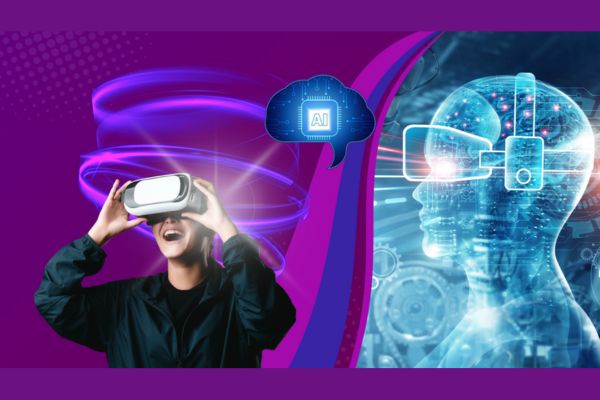Digital interaction is becoming more structured, intuitive, and context-aware. Businesses are gradually moving towards AI-powered immersive environments that enable direct, purposeful engagement without the limitations of physical presence. Virtual reality platforms powered by intelligent avatars now offer new ways to communicate, collaborate, and transact, while improving consistency and speed across operations.
Intelligent Avatars and Purpose-Built AI Interfaces
AI-powered avatars are changing how customer service and enterprise interaction function. These systems go beyond automated scripts. The AI-Driven Virtual Assistants are designed to manage nuanced conversations across multiple domains such as product inquiries, issue resolution, and onboarding, without the need for human intervention. This improves response time and provides a more structured support experience, especially for global businesses operating in different time zones.
Many organisations now use 24/7 Customer Engagement Platforms across their digital channels. The availability of data allows these assistants to refine responses over time and maintain continuity in communication, reducing dependency on large support teams. These avatars are not entertainment features; they serve measurable functions in customer retention and operational efficiency.
Structured Virtual Environments for Business Use
Custom Metaverse Environments are being developed with clear use cases such as employee training, product showcases, investor briefings, and client walkthroughs. Unlike traditional static websites or basic video conferencing, Immersive Virtual Reality Solutions provide dynamic spaces where users can interact with information and representatives in a format that is closer to a physical experience.
This shift has led to an interest in Virtual Commerce for Brands. Rather than browsing a 2D website, customers now interact with products and virtual brand ambassadors in a simulated retail space. These interactions are not limited to retail alone. In Metaverse Retail and Real Estate, potential buyers tour properties and access detailed specifications through avatar-led walkthroughs, simplifying the decision-making process.
Event Formats That Focus on Clarity and Reach
Hybrid and Virtual Event Platforms are being developed with an emphasis on structured participation and feedback. Businesses now run Virtual Events with Real Impact by integrating AI into scheduling, attendee management, and post-event analytics. Attendee engagement is guided through smart prompts and live support, helping organisers keep the session relevant and efficient.
These platforms are built with Inclusive Virtual Accessibility as a foundational feature. Live captioning, language options, and interface customisation enable broader participation. Scalability is built-in, making it possible to reach global stakeholders without increasing operational complexity.
Operational Identity in the Digital Space
A Virtual Business Address is no longer just a placeholder on a map. It serves as a digital point of interaction, offering an address where teams meet, customers connect, and services are delivered. These addresses are often embedded in platforms that allow real-time avatar interaction, document sharing, and virtual demonstrations, making them viable alternatives to physical office visits.
Smart virtual spaces integrate features such as calendar syncing, cloud file access, and AI-enabled document explanations, ensuring that meetings are not only attended but also productive. They also serve a branding function, forming part of the company’s digital footprint across markets.
Content-Driven Multiverse Engagement
The shift towards Engaging Multiverse Brand Journeys reflects how users now interact with branded environments. These journeys are developed across multiple touchpoints such as product demos, service desks, and community spaces, each backed by AI for faster resolution and personalised messaging. This allows the business to maintain a consistent brand voice without requiring constant manual input.
Tailor-made virtual Solutions are being used to meet specific departmental or client requirements. Marketing teams use virtual spaces for campaign rollouts. HR departments conduct recruitment drives through avatar-led tours. Training modules are built with scenario-based tasks, offering a more hands-on experience.
Reaching a Global Audience with Minimal Complexity
A Global Audience Reach Platform must offer simplified access, reliable performance, and multilingual support. AI enables automated translation, real-time analytics, and adaptive content delivery, all without requiring specialised user input. Brands are able to test new markets, host product launches, and connect with regional partners efficiently through a single unified platform.
Interaction formats are being refined. Intelligent avatars and immersive platforms are selected where they improve communication, reduce cost, or increase engagement. Businesses are adopting these tools for their structured systems that provide clear results. AI, when integrated into immersive environments, is showing its value in simplifying the user experience and increasing the quality of digital interaction.

Authored by Piyush Gupta, CEO, VOSMOS.

















